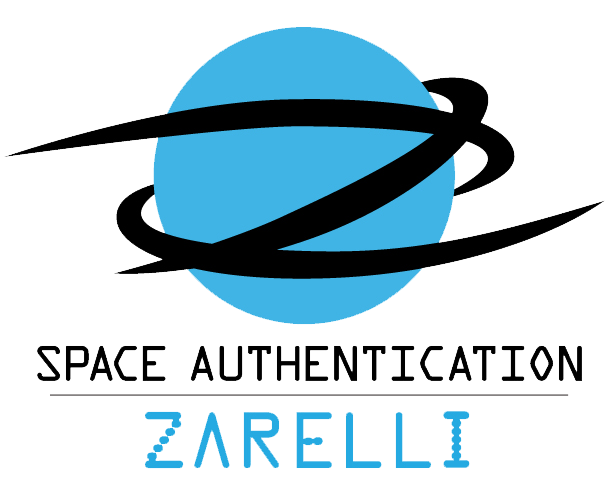How to tell authentic autographs from fakes
/Very often you'll see a collector ask something along the lines of, "How can I tell a real [fill-in-the-blank] autograph from fakes?" It seems as though the person expects to receive an answer such as, "If the third stroke of the M is more than 1.5 inches long, it's fake."
Of course, it is not that simple. There are no shortcuts or magic tells. Most anyone can identify grossly malformed fakes. But to be really good and identify the relatively deceptive fakes, you need to train your eyes to recognize the proper look and feel. And this is not something that can be accomplished overnight.
In other words, it requires work and dedication.
So, how do you "train your eye"?
Look at hundreds of authentic exemplars. Look at them every day for a long time. And make sure you are using verified authentic exemplars!
Do side-by-side comparisons with known fakes.
Don't focus solely on "shape." Look at speed and pressure and other subtle characteristics. Good forgers can closely replicate "shape," but it's much more difficult to replicate the subtle characteristics.
Look for a loose, relaxed hand that intuitively and instinctively signed versus a tight hand "drawing" the signature with too much "thinking."
Network with experienced collectors and dealers to compare notes and ask questions.
Follow these steps and eventually the signature will "click," and you will see the difference between authentic and good fakes.

